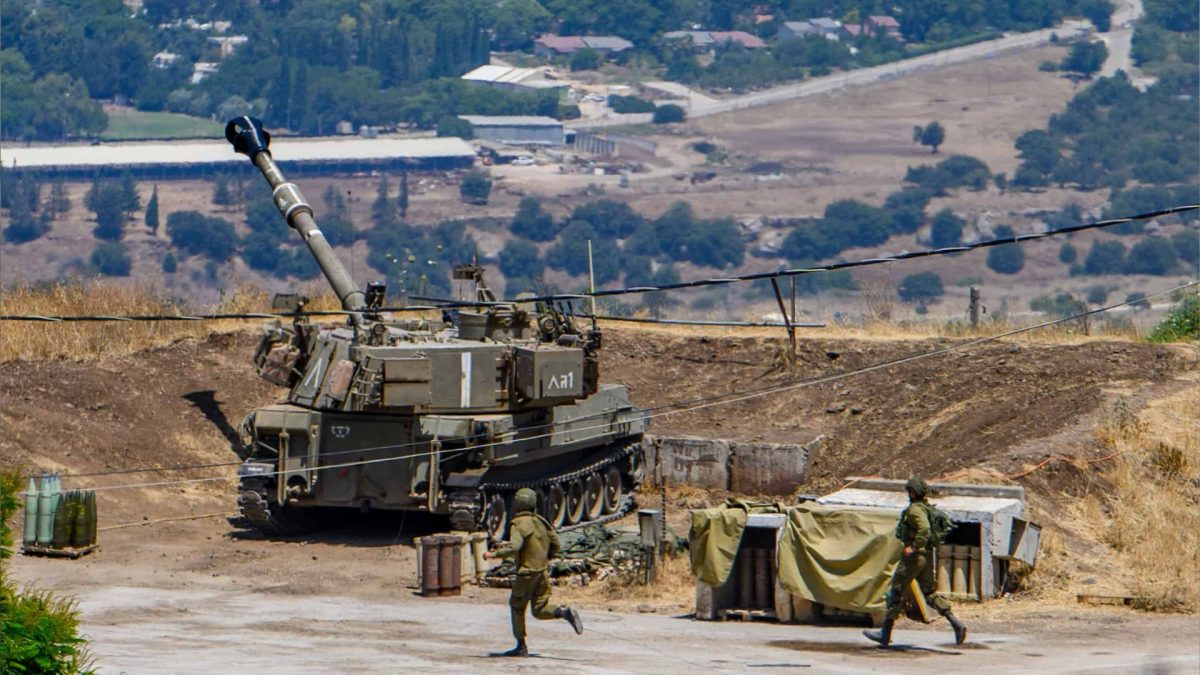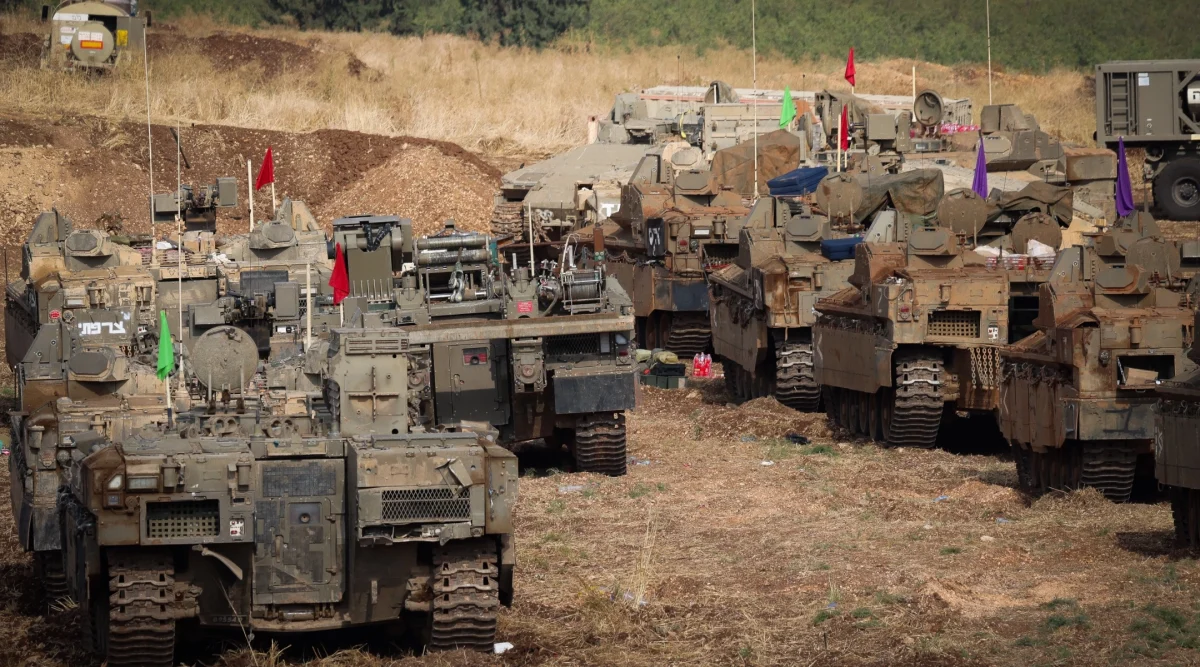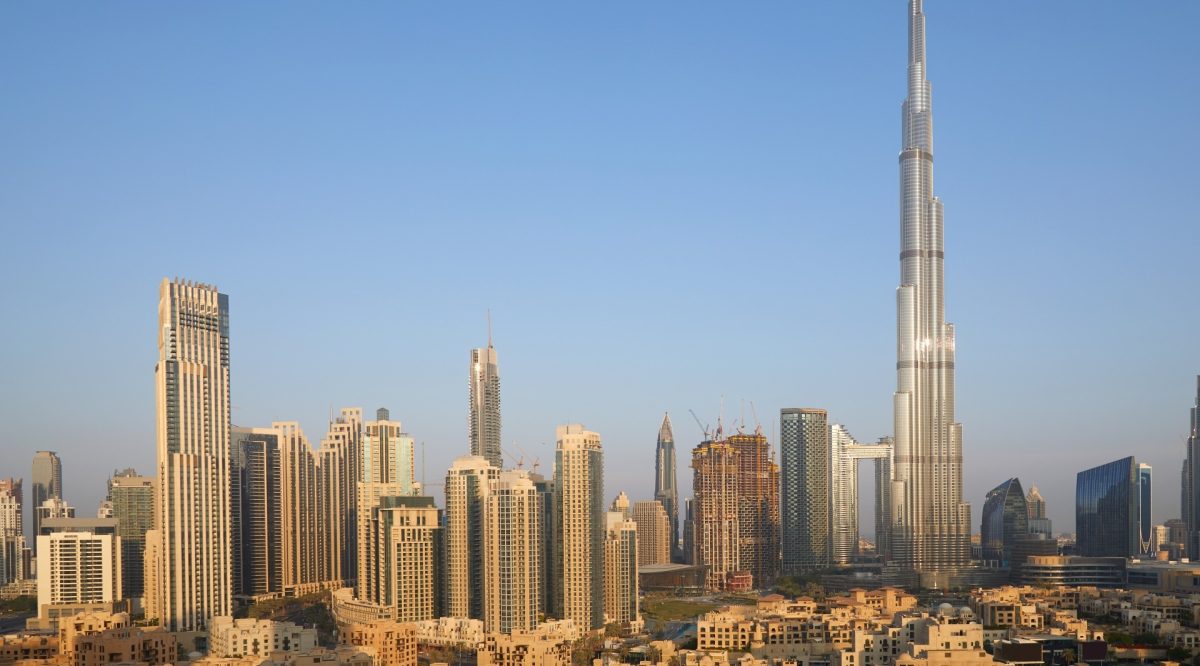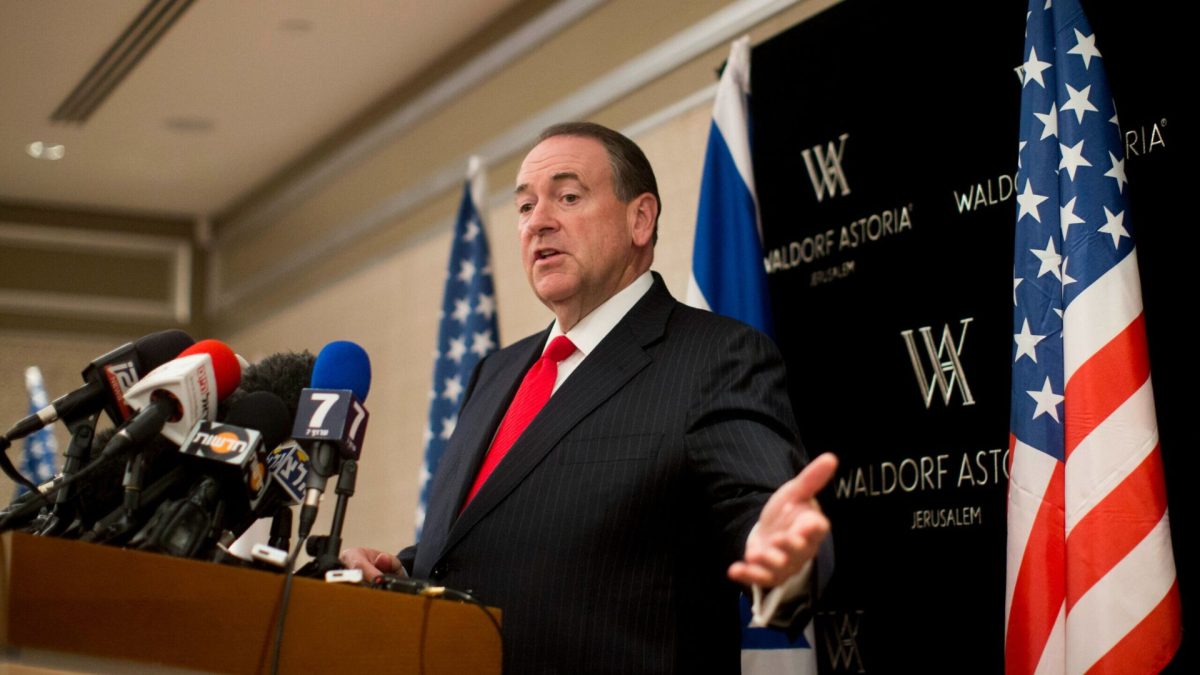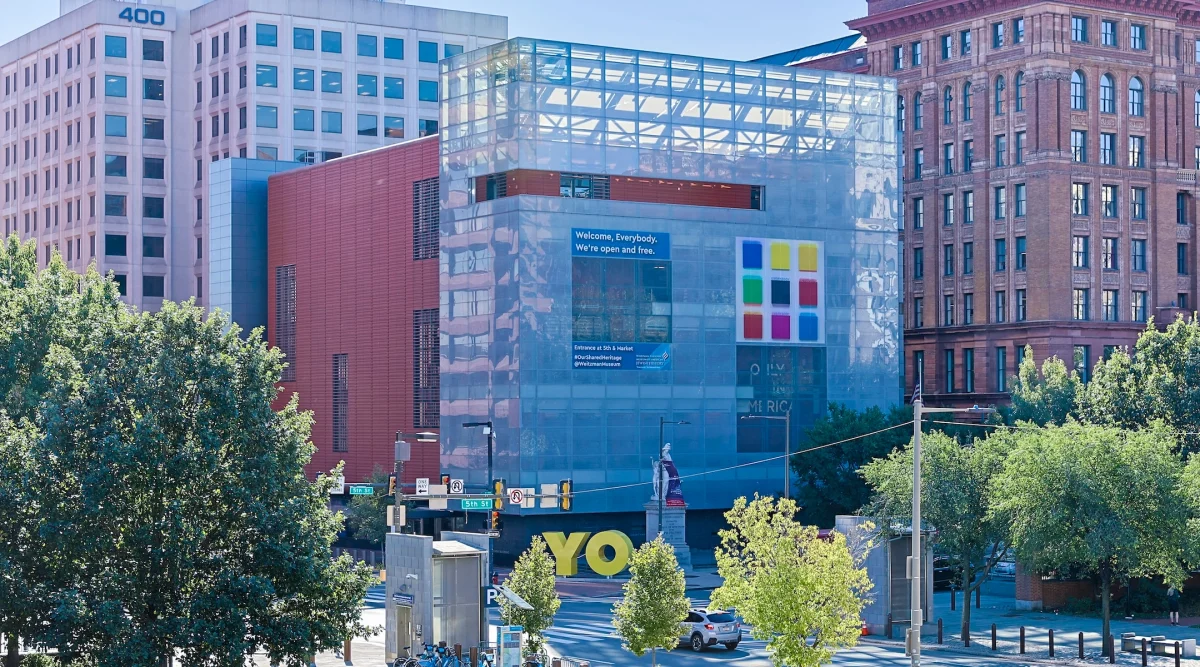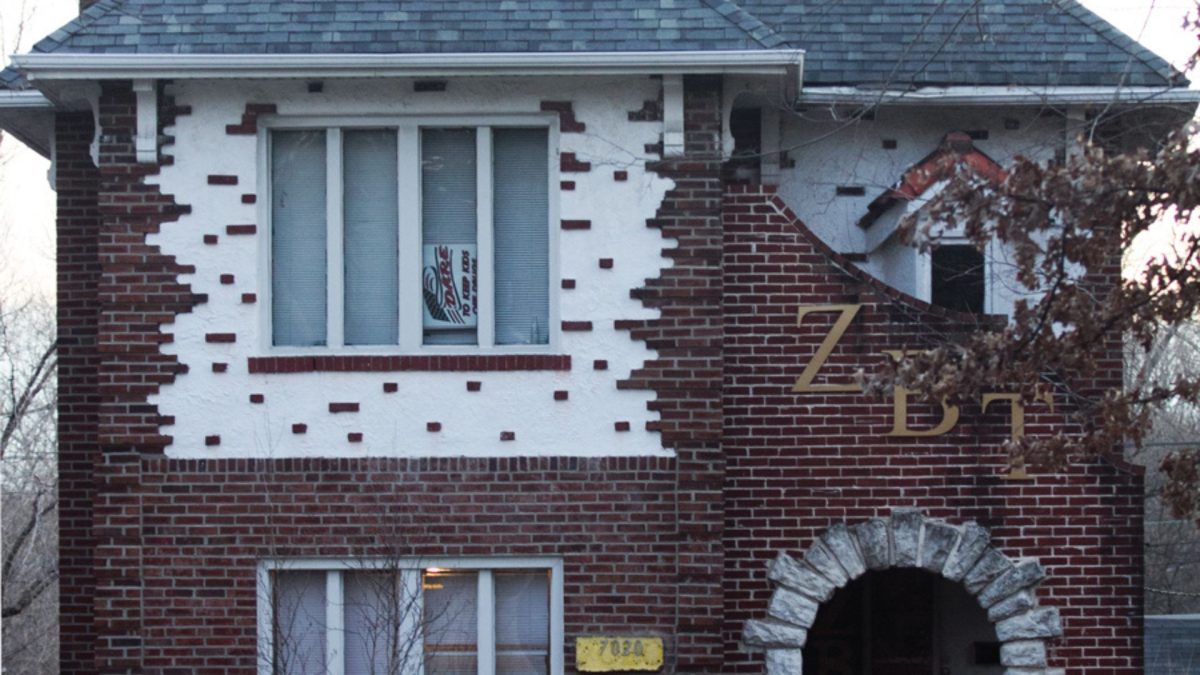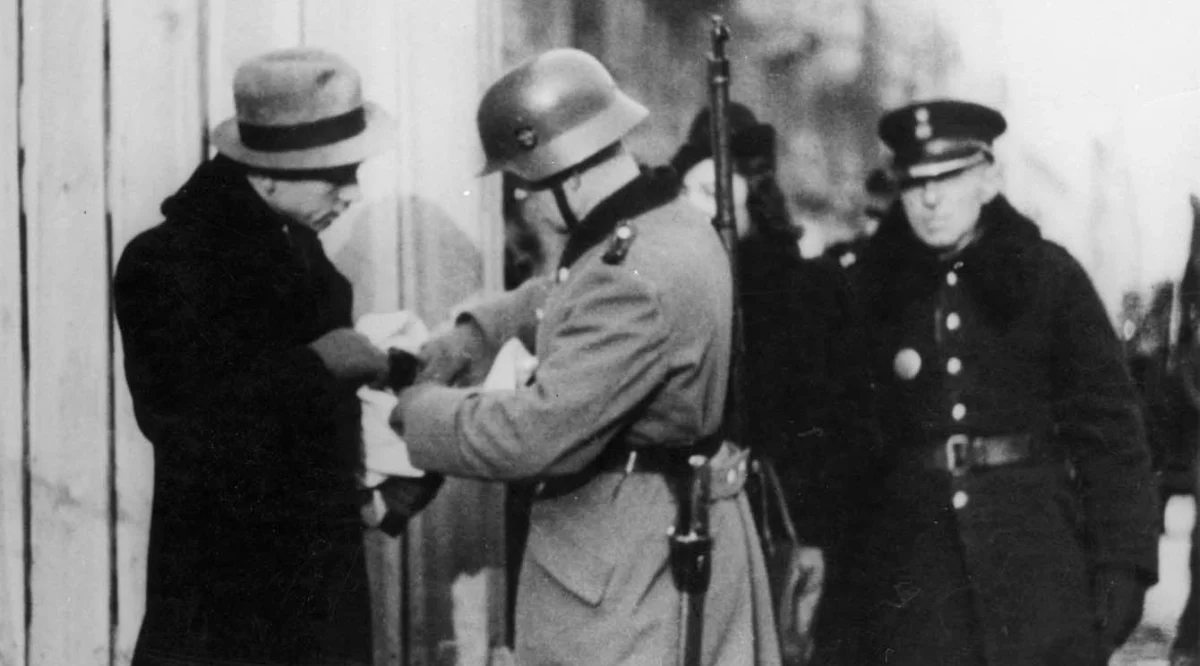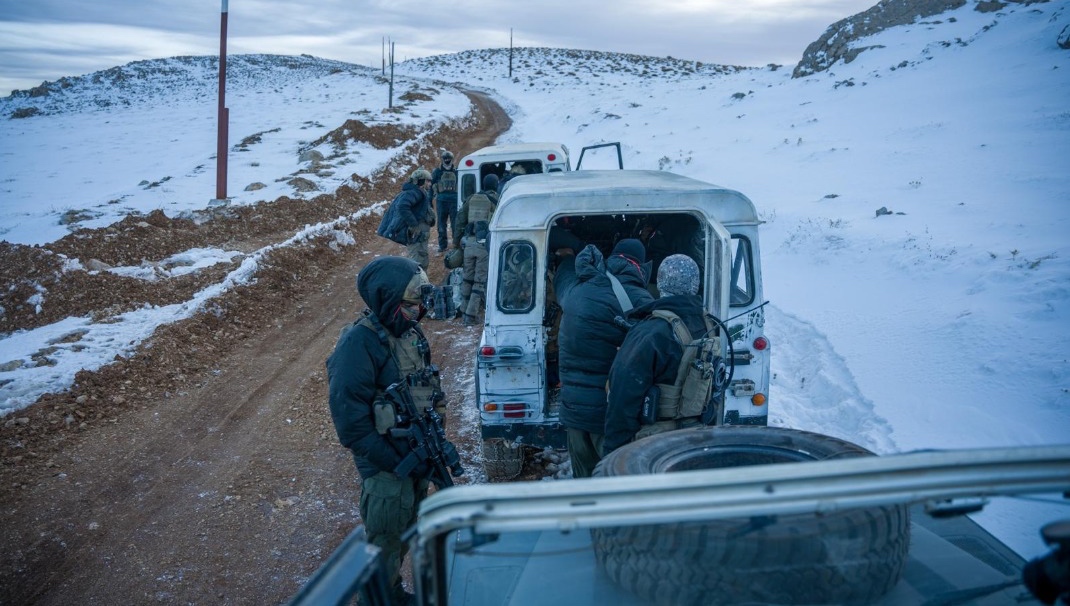The Israel Defense Forces on Sunday hit targets in southern Lebanon with artillery, after Hezbollah terrorists there fired mortars at the Jewish state.
The military confirmed that there were no casualties in the Hezbollah attack.
The shells landed in the contested Mount Dov region close to the Blue Line, which demarcates the 120-kilometer (75 mile) border and was created in 2000 by U.N. cartographers to verify Israel’s withdrawal from Lebanon.
Hezbollah claimed responsibility for Sunday’s fire, saying it targeted three Israeli military sites in solidarity with the “Palestinian resistance.”
Footage shows mortars fired from Lebanon landing in the Mount Dov area pic.twitter.com/qoVK9aEw3X
— Emanuel (Mannie) Fabian (@manniefabian) October 8, 2023
In response, the IDF carried out a drone strike against “Hezbollah infrastructure,” with Israeli media reporting the targeting of a tent the Iran-backed terror group set up in Israeli territory in April.
The Hezbollah outpost was constructed north of the border fence but on the Israeli side of the U.N.-marked Blue Line. The position, located across from an Israeli military base, was reportedly initially manned by three to eight armed terrorists.
Hezbollah does not recognize the Blue Line and disputes numerous points along the border.



